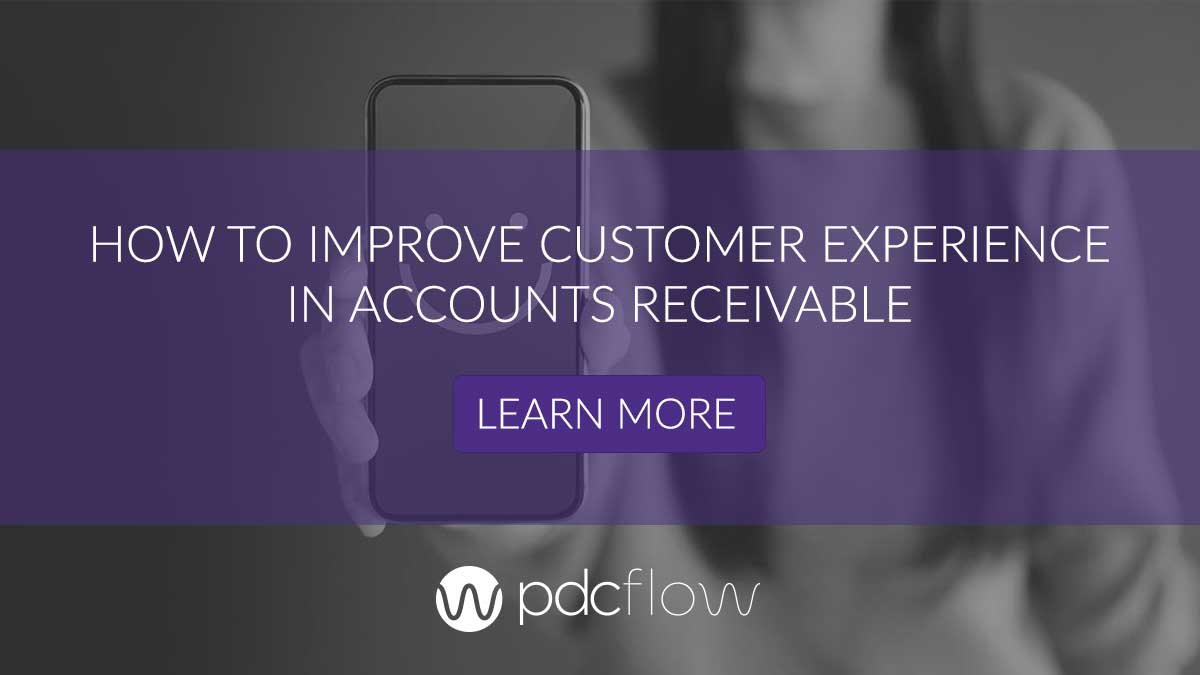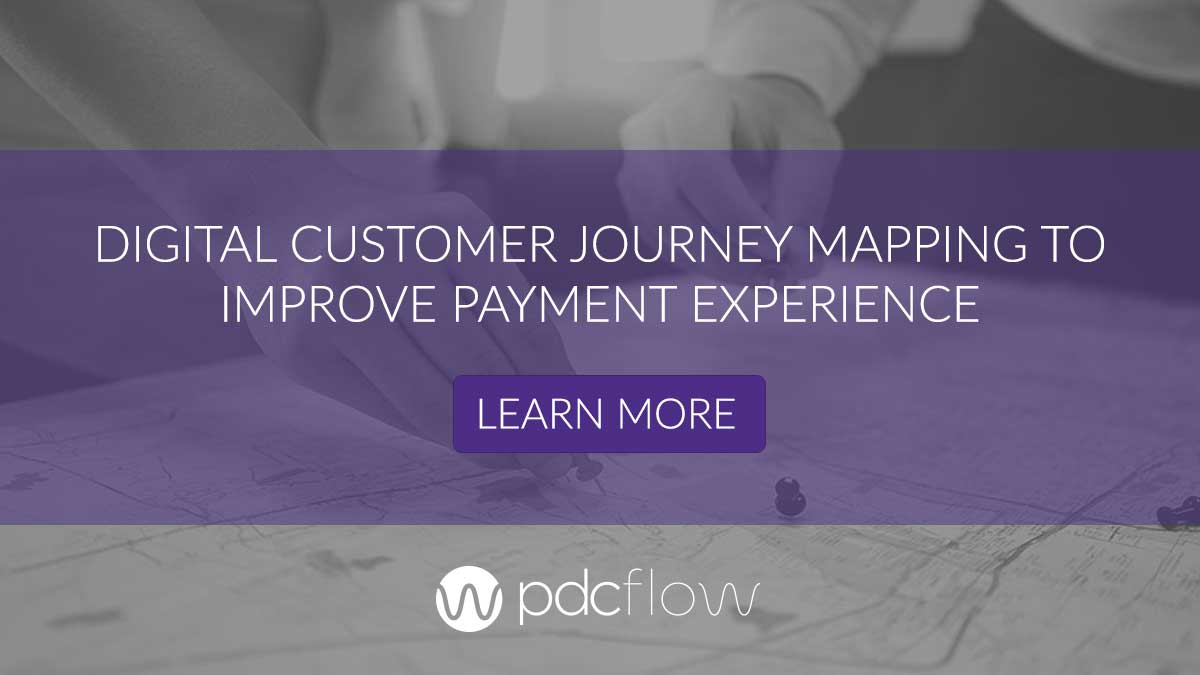Customer centric practices are quickly becoming a deciding factor for which businesses thrive and which go under.
For instance, this article cites a study from 2016 which found “89% of companies expect to compete mostly on the basis of customer experience, versus 36% four years ago.” In the last two years, the demand for seamless customer experience has only grown -- especially online. Another study within the same piece shows that 81 percent of C-level executives “anticipate more digital interaction with customers by 2020.”
This digital interaction can come in many forms, but one of the most crucial is when consumers are using your online payment services. Most people have heard of making mobile or online payments, if they haven’t already done so themselves. Why wait until 2020 to make sure your online payment services are customer centric?

The statistic above proves that every day your business neglects its online payment services will directly translate to lost revenue. Identifying and solving problems with your online payment system will increase your revenue, please your customers and keep you in line with current technology trends. How should you begin?

Reduce Friction
Anything that slows down the online payment process causes “friction.” More friction while asking a consumer to pay will leave them with negative feelings. This opinion will be associated with your business at the most crucial time in your interaction - when you’re trying to take their money. Because companies with customer centric practices are 60% more profitable, it just makes sense to provide frictionless online payment services that are as easy as possible to navigate.
What issues in the online payment process cause friction?
Requiring a Login
Consumers often abandon payments if they are required to create a login before checking out. While creating a login may seem like a customer centric initiative, it’s a deterrent for quick, easy payments. Requiring an account for your online payment services can be negative for a few different reasons:
- Consumers likely have many different accounts already, and it's a struggle keeping track of one more.
- They assume signing in with an account means receiving unwanted emails or phone calls (because with many organizations, it does).
- Signing up for an account means extra personal information might be stored and this makes many consumers uncomfortable.
- Creating a login and password takes too much time.
Too Many Clicks
Every click a consumer must make before paying is another chance for them to get frustrated or abandon their transaction. In fact, the Baymard Institute found the third highest reason for abandoning a payment is a long or overly complicated checkout process.
Simple navigation is a common refrain in e commerce-based companies, but can be overlooked in other card not present businesses that utilize invoicing and electronic billing to obtain payments. Make a payment on your site, as though you were a consumer. How difficult to use is your online payment service?
Failing to Optimize for Mobile
Seventy-seven percent of American adults own smartphones and 53 percent own tablets. With all these consumers on smaller screens, it is now a necessity for any customer centric business to optimize their online payment services for mobile use.
A site that is not optimized for mobile will slow down payments and frustrate consumers. But even more importantly, “mobile users are five times more likely to abandon the task if the site isn’t optimized for mobile.”
Reducing friction in your online payment services and adopting a customer centric approach to payments can increase your revenue. But user experience isn’t the only consideration when choosing a payment processor. To find out the questions you need to ask when shopping around, download the payment processing buyer's guide:





